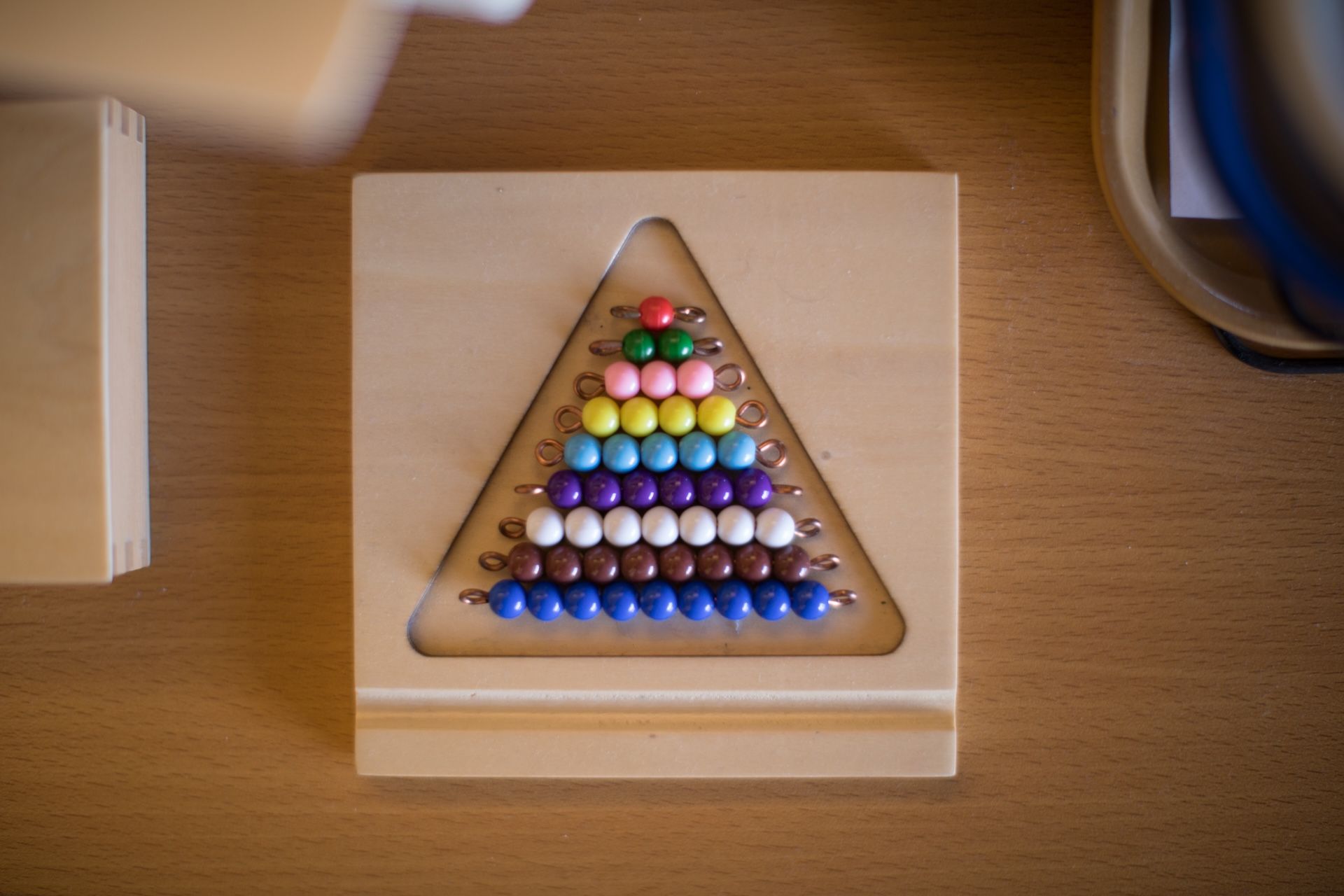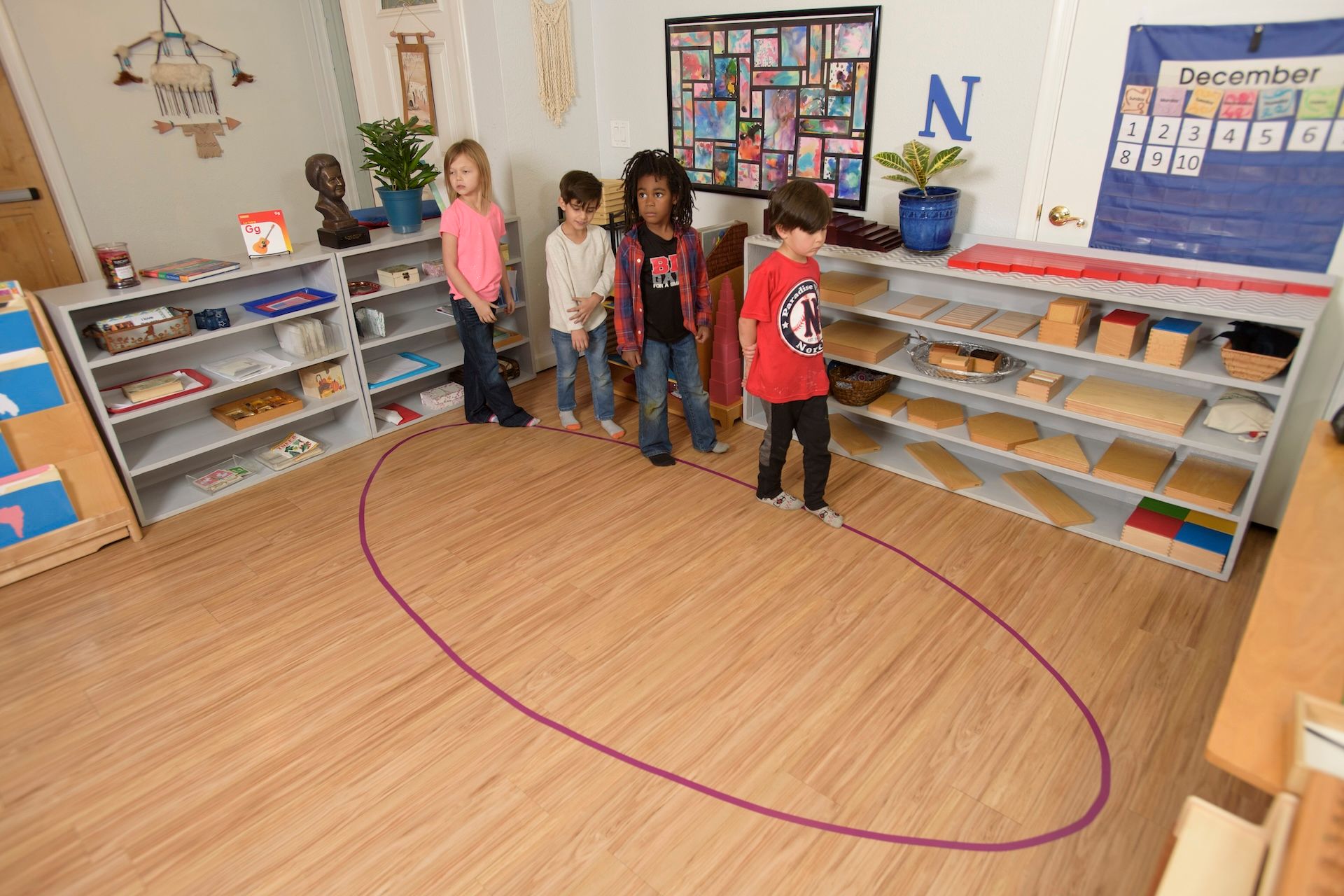Kids often want to help out in the kitchen. They see you working there, and they’re curious to learn more about what you’re doing and eager to lend a hand. With your guidance, helping out in the kitchen gives kids have an opportunity to learn useful skills and to contribute to their family.

1) Be Patient
Cooking with children will always take more time than cooking by yourself. Make sure you allot enough time for the kids to help without feeling rushed. If you’re strapped for time, it’ll stress you out and seeing you impatient can discourage the kids. Give yourself some extra time, relax, and let yourself enjoy working with your kids.
2) Explain Clearly
Your child will feel more comfortable helping out in the kitchen if they know what you expect of them. Provide them with clear instructions on how to use the child-safe kitchen implements. For older children, you might show them how to use a vegetable peeler to clean carrots. Younger children can help with dumping ingredients into mixing bowls.
3) Stay Available
While you can give your kids some space to work, don’t leave them alone in the kitchen. Raw ingredients can quickly end up in little mouths if you’re not watching, or they might try using a kitchen tool that’s not safe for them yet. You’ll also want to be nearby if your child asks for help with their kitchen task.
4) Prepare Ahead
Cooking with children will go more smoothly if you can prepare ahead of time. Pre-measuring ingredients into smaller bowls so kids can dump them into the mixing bowl is a good way to get younger kids involved in cooking. Choosing recipes that can be made in one bowl will also simplify things.
5) Provide Stools
Kids need safe, sturdy stools to stand on while working in the kitchen so they can reach the sink and the counter. Alternately, if their weaning table is in the kitchen you can set up their food prep tasks on the child-size table. But it will be easier to work alongside your child if they’re up at counter-level.
6) Teach Concepts
Working in the kitchen helps teach vocabulary, science, math, and motor skills. Stirring, grating, sifting, measuring, chopping, spreading – those are all new vocabulary terms to use in the kitchen. And the act of grating cheese, using a butter spreader, or stirring ingredients refines motor skills. On top of that, you can bring in math when measuring ingredients, use reading when following a recipe, and incorporate science by talking about the way food ingredients respond to things like temperature changes.
7) Encourage Assistance
Remember to speak positively to your kids as they help in the kitchen. When they make a mistake, help them clean up and don’t scold them. Messes happen and the kitchen will recover. Also, be sure to acknowledge their good work and thank them for their assistance. Perhaps mention their help during dinner table conversation so the rest of the family can provide encouragement as well.
Here at Pebblecreek Montessori, teaching kids practical life skills is a core part of our curriculum. You can support this emphasis at home by letting your kids use their new skills in the kitchen. You’ll be encouraging independence, building their skills, and at the same time strengthening your relationship with your kids.
The post 7 Tips For Letting Kids Help In The Kitchen appeared first on Pebblecreek Montessori.
Hours
MONDAY - FRIDAY
HALF DAY: 8:30a – 12 noon
ACADEMIC DAY: 8:30a – 3:30p
EARLY CARE: 7:00a – 8:30a
AFTER CARE: 3:30p – 6:00p
OFFICE: 8:00a - 4:00p
Programs
Connect
Pebblecreek Montessori




